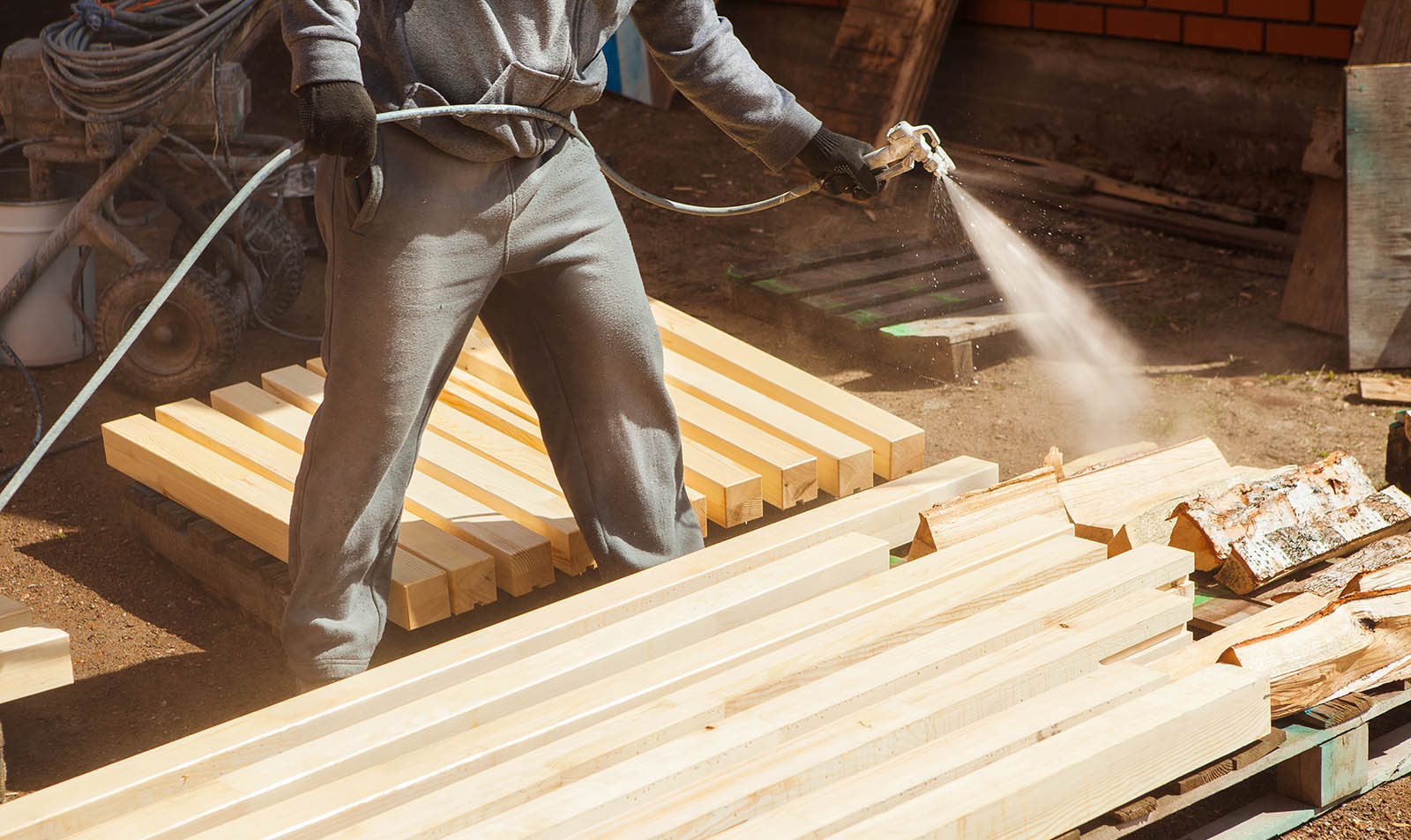PFAS-Free Flame Retardants

Today’s flame-retardant technologies rely strongly on PFAS, but regulations around the globe are pushing the industry to find alternatives that aim to balance fire safety with environmental and health considerations.
Today’s flame retardants
Some highly used flame retardants (FR) are considered PFAS according to the European Chemicals Agency classification, which are: PTFE and K Perfluorobutane sulfonate (KPFBS), commonly known as Rimar Salt.
- PTFE acts as an anti-drip, but in some formulations alone can provide sufficient flame retardancy. However, researchers and experts consider the potential for the formation of non-polymeric PFAS chemicals during incineration.
- Brand owners and green NGOs generally consider Rimar Salt or KPFBS a PFAS chemical, placing it directly in their focus.
Some alternatives for these FR are brominated or phosphorous technologies. For example: TBBPA (Tetrabromobisphenol A) (currently banned in the EU) or BPADP, commonly known as Bisphenol A. Nevertheless, there are increasing restrictions on these solutions in Europe and North America.
The industry must shift to FR solutions that do not include PFAS, brominated, or phosphorous and non-halogen technologies.
Which are the alternatives?
 According to FRX Innovations, a company that promotes eco-friendly flame retardants for the industry, finding a replacement for Flame Retardants that highly rely on PFAS is a matter of synergies between different additives available on the market, that together may have excellent results and with low content of Phosphorous (less than 2%).
According to FRX Innovations, a company that promotes eco-friendly flame retardants for the industry, finding a replacement for Flame Retardants that highly rely on PFAS is a matter of synergies between different additives available on the market, that together may have excellent results and with low content of Phosphorous (less than 2%).
Some solutions for Polycarbonate (PC), for example, can include Lexan 141R, PBT Ultradur (BASF), Nofia HM 7000, and Lotader AX8900 (SK) in different proportions. This blend meets the UL-95 at 1.6mm and 0.8mm.
For opaque Polycarbonate, FRX Innovations also propose a synergy between additives that include Lexan 141R, Nofia HM1100, Phosphazene (Otsuka),Lotader AX8900 (SK), and Joncryl ADR 4400 (BASF).
In conclusion, future legislation may affect not only PTFE, KPFBS, because of PFAS. But also brominated and Phosphorous-based flame retardants.
Producers must seek an alternative to the flame retardants used today. It will not be easy to meet the standards but the plastic industry will arise as many times before.
